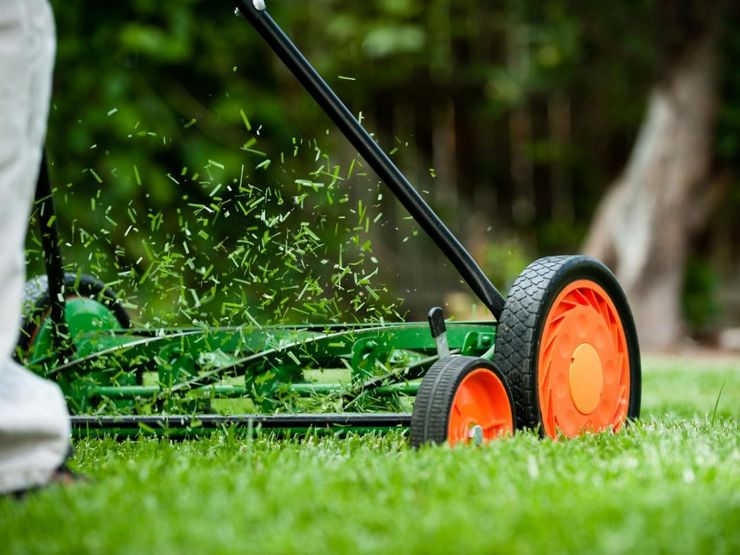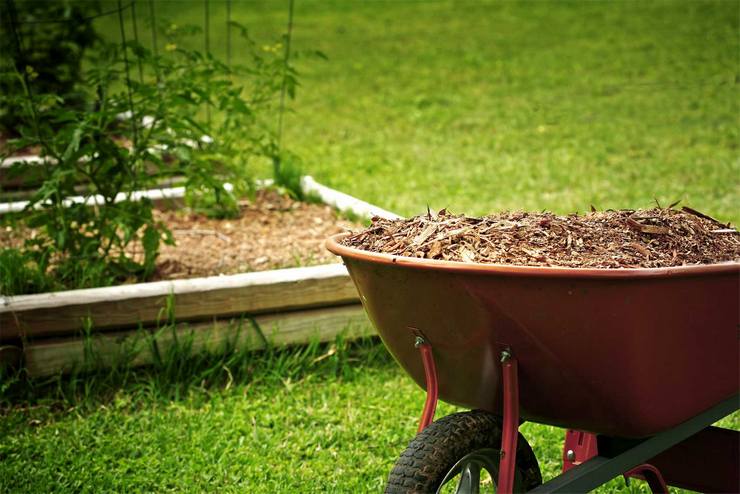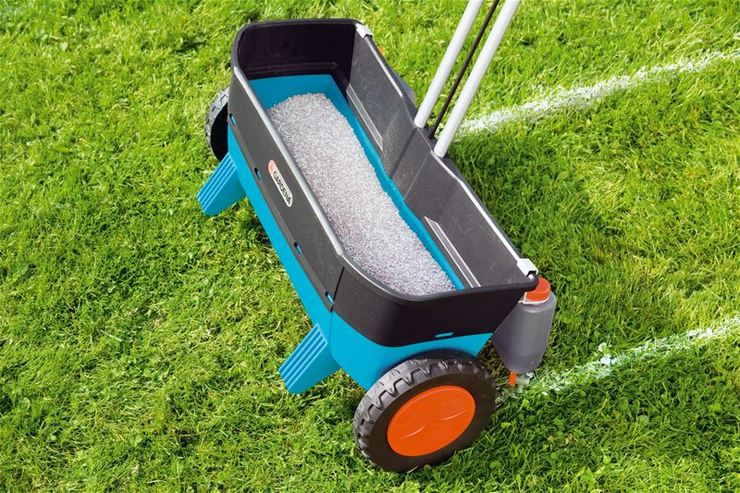Lawn care includes several important components – combing, watering, fertilizing, mowing, aerating, but mulching should be at the top of this list. Prolonged rains, droughts, gusts of wind and other unfavorable natural factors test beautiful green lawns for strength and do not always keep their surface in good condition. If its integrity is violated, nutrients are quickly washed out of the soil, the root system of plants weakens, and the grass cover loses its decorative qualities. Mulching will not allow negative changes in the appearance of the lawn, as it can:
- Control the circulation of water in the ground and improve air exchange;
- On hot summer days, reduce the level of evaporation of moisture from the soil;
- Make the increased thickness of the sod layer more durable and hardy;
- Influence the accelerated growth of young shoots;
- Maintain the decorativeness of the lawn surface and level it;
- To increase the level of its resistance to various natural changes and the vagaries of the weather many times.
How and what to mulch the lawn
Most often, lawn mulching is done in two main ways. The easiest way is to leave mowed and well-chopped grass on the surface of the green lawn. A thin layer of this grass mulch of approximately the same thickness should cover the entire surface of the lawn. It is very important that the cut grass is carefully chopped, without residues of large stems and leaves. If the lawn is mowed regularly, then there will be no problems with such a mulching coating..
Do not make the mulching layer thick and dense. By repeatedly adding cut grass to the lawn during the season, the mulch will become airtight and can be a source of infection and the spread of fungal diseases. This will be facilitated by prolonged heavy rains, which will lead to rotting of the grass cover and infection with bacteria and fungi of young plants. To prevent this, it is recommended to rake the accumulated layer of mulch about three to four times a year, after which it is obligatory to sweep the lawn with a steel rake. If this is not done, then bald spots will begin to appear, which can only be eliminated by replacing the old sod with a new one..
The second method of mulching is carried out in the autumn, when the last mowing of the lawn of the season is completed. Such mulching is necessary to form a full and nutritious soil layer, as well as to prepare the lawn for the winter period..
Mulch composition
- Well decomposed peat or rotted manure (you can use stale sawdust or well-chopped bark) – one part;
- Coarse river sand – half of one part (on sandy soil) or two parts (on a clayey area);
- Garden land – one piece.
It is recommended to apply one and a half kilograms of the prepared mulching mixture to each square meter of the lawn area..
Features of autumn mulching
To prepare a high-quality mulch mixture, it is necessary to carefully prepare each component before mixing. All components are first recommended to be cleaned and sieved well, then left to dry for a while, and only after that you can begin to connect all parts in the required proportions.
The mixture should be applied in a thin layer (no more than 0.5 cm) so that the grass on the lawn remains above the level of the mulching layer. It is imperative to fill the existing depressions on the site, but there is no need to create tubercles.
During the autumn mulching period, it is recommended to aerate the lawn, as well as apply fertilizers. Fertilizers (most) can be added to the mulch mixture, and it is advisable to apply the mixture to the site (especially with clay soil) only after its preliminary preparation. The remains of plants need to be removed with a rake, and with the help of garden forks throughout the lawn area, punctures are made in the soil to a depth of about 10-15 cm.
Autumn mulching will perfectly prepare the lawn for spring and will require a little time and effort..



